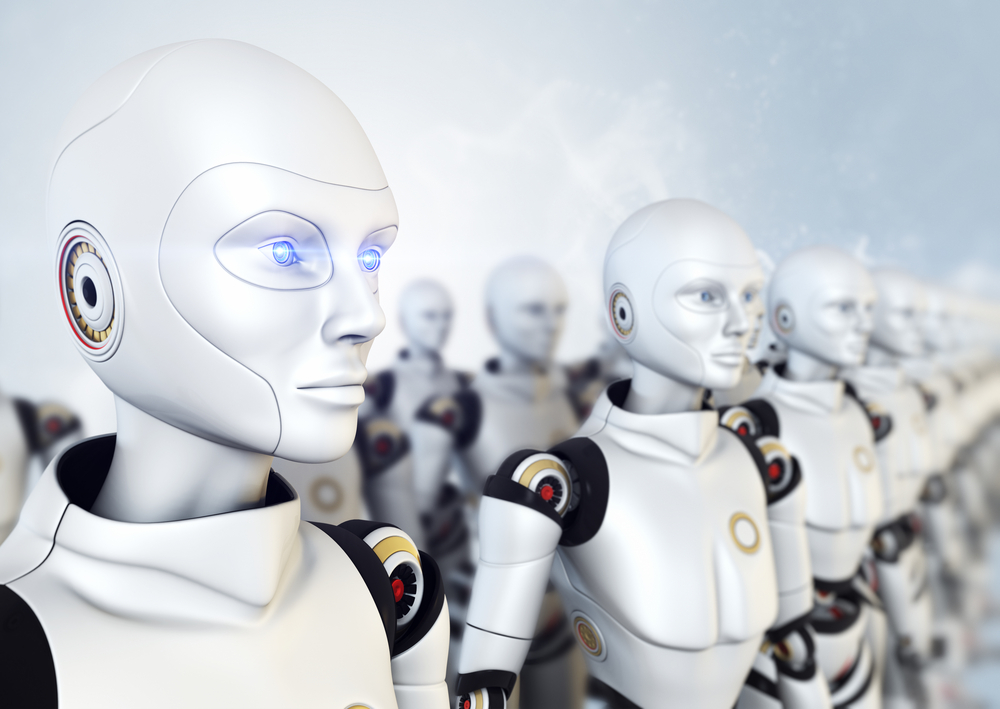The maturity of artificial intelligence (AI) is totally dependent on the explosion of both processing power and the underlying data volume and latency.
It wasn’t too long ago that the idea of AI was confined to Hollywood blockbusters or else the highly theoretical publications by MIT and other leading academic institutions.
Indeed, most people are familiar with scenes from the likes of Minority Report and iRobot where hyper-intelligent machines have evolved to play a significant role in human life.
But AI is no longer a product of science fiction. The rise of so-called smart machines is steadily growing to become a significant industry – supported by the availability and capability of powerful technology, the rise of big data and, crucially, the necessary human expertise and experience to bring this all together.
>See also: Don't worry, artificial intelligence is not a job stealer – it’s a job enabler
According to analysts, who base the explosion of computing power on Moore’s Law, the computing power of a $4000 computer will surpass that of a human brain in 2019 (20 quadrillion calculations per second).
With analytics moving towards a more cognitive arena that allows far greater amounts of data to be analysed, it will soon be possible to deliver real-time decision-making capabilities that don’t just replicate human labour but are capable of improving efficiency and, crucially, the value of businesses.
The rise of enterprise AI
Touted as being one of the most disruptive technologies of this century, several industries are already blazing the AI trail. In particular, machine learning is being exploited for such things as healthcare diagnostics, automatic trading, business processing, advertising and connected devices (via the Internet of Things) in a range of industries.
No wonder, then, that more and more businesses are looking at ways they can tap into this new wave of cognitive analytics. A report released earlier this year by marketing intelligence firm Tractica revealed the market for enterprise AI systems will increase from $202.5 million in 2015 to $11.1 billion by 2024.
The ‘Artificial intelligence For Enterprise Application’ report predicts enterprise AI will drive significant investments in application installation, training, customisation, integration, and maintenance, along with additional spending on IT hardware and services including computing power, graphics processor units (GPUs), networking products, storage, and cloud computing.
While AI is not new, it has come a long way from the idea of war-faring robotics (despite recent warnings from some of the world’s leading science and tech experts) and its perception as a substitute for cheap labour.
Rather, AI has evolved to become an extension of how people today are increasingly leveraging their collective conscious and shared experiences in a hyper-connected world. And in this connected world, AI and human interaction now coexist in a kind of symbiotic relationship.
The cognitive capabilities of smart machines help streamline processes that enhance the human experience – while at the same time, AI is itself enhanced by the inferences and connections of real human beings.
AI has now moved past the point of machines just taking a set of data, looking at a pattern and extrapolating a diagnosis or likely outcome. Instead AI is about collective and connected intelligence that helps an AI system make the autonomous response to a situation.
Babson College’s distinguished professor of IT and management Tom Davenport’s observation is very accurate when he says: “I initially thought that AI and machine learning would be great for augmenting the productivity of human quants. One of the things human quants do, that machine learning doesn’t do, is to understand what goes into a model and to make sense of it.
“That’s important for convincing managers to act on analytical insights. For example, an early analytics insight at Osco Pharmacy uncovered that people who bought beer also bought diapers. But because this insight was counter-intuitive and discovered by a machine, they didn’t do anything with it.
“But now, companies have needs for greater productivity than human quants can address or fathom. They have models with 50,000 variables. These systems are moving from augmenting humans to automating decisions.”
New business models
The way AI is maturing presents lucrative new business models, as well as a fresh breed of entrepreneurs looking to tap into its potential. In particular, the current ability to handle near real-time gathering and analysis of enormous amounts of data provides a great opportunity and competitive differentiator in many industries.
>See also: Robots to the rescue: How artificial intelligence will impact cybercrime
The winners of this game are those businesses that can analyse and provide meaningful insights for decision-making at a speed, volume and complexity greater than if they just use a human team.
Current players in the AI industry are moving in this direction where they use AI as an enabler to fill the gap left by a ‘human-only’ approach, and integrate quantification, machine learning and decision-making into the equation.
The near future of AI technologies is not about human elimination, but the elimination of manual and repetitive tasks through software robots.
AI will enable the workforce to move to an enhanced level of augmentation and autonomy where stakeholders are able to use AI systems to make much faster and insightful decisions, and ultimately achieve competitive advantage through higher value added activities.
Sourced from Subramanian Gopalaratnam, global head of innovation and technology, Xchanging










